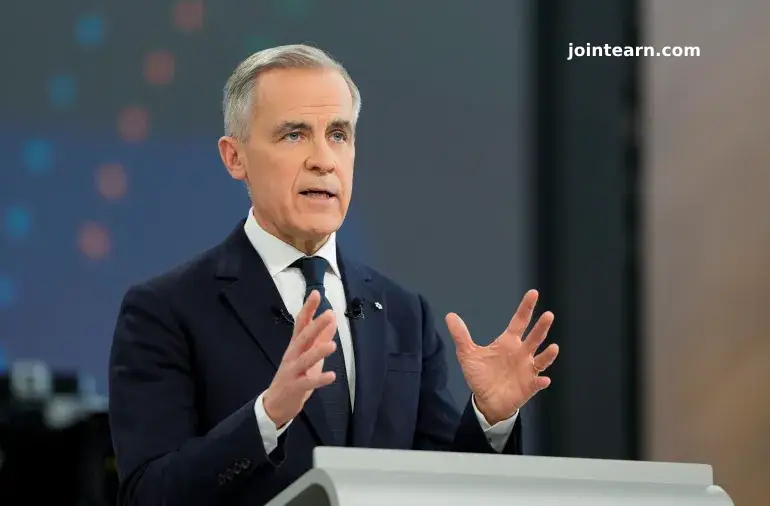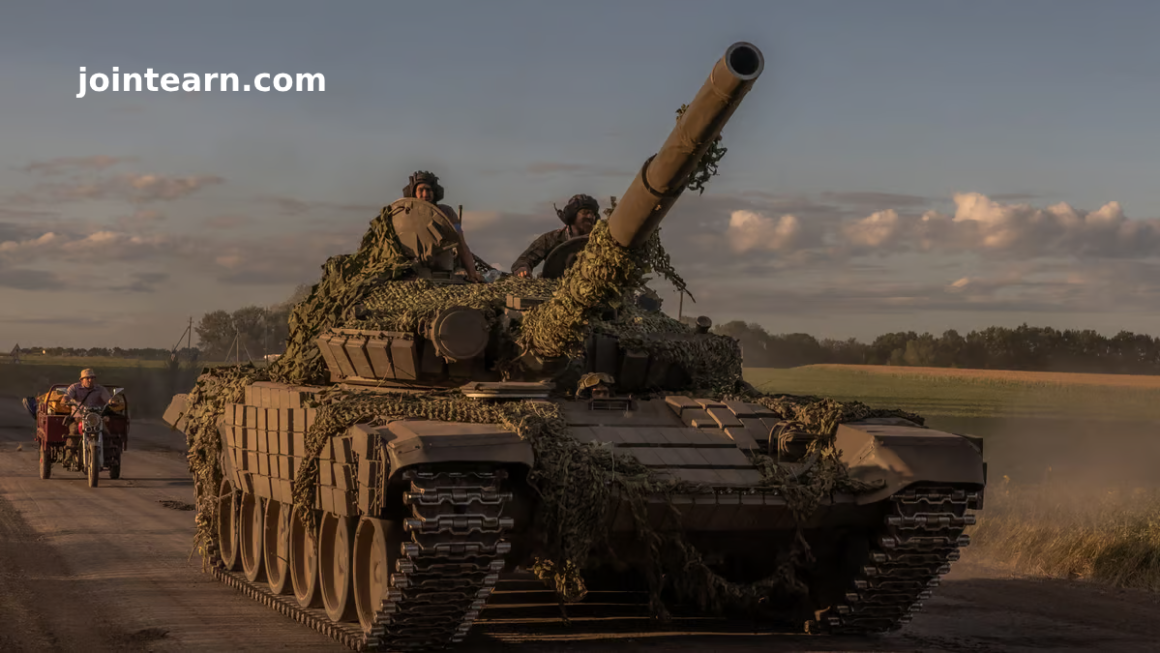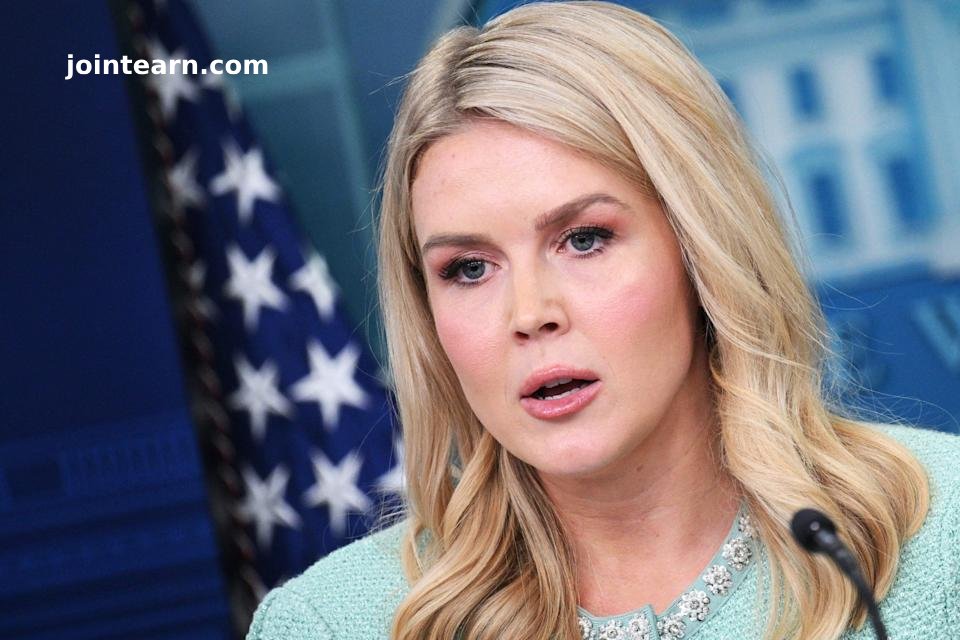As Canadians prepare to vote in the Canada election 2025, the campaign has taken an unexpected turn: U.S. President Donald Trump has become a major — albeit unofficial — figure on the ballot.
Trump’s escalating trade war and provocative threats to annex Canada as the 51st state have fueled a wave of Canadian nationalism in 2025, dramatically shifting the political landscape. What seemed destined to be a landslide for Conservative leader Pierre Poilievre has tightened into a fierce contest.
“Trump is the campaign,” said Jean Charest, former Quebec Premier. “The real ballot question is: Who do Canadians trust to stand up to Trump?”
Foreign policy hasn’t influenced a Canadian election this much since the historic 1988 vote centered around free trade with the U.S.
Carney Surges Ahead as Trump’s Rhetoric Roils Canada
Prime Minister Mark Carney, sworn in just weeks ago following Justin Trudeau’s resignation, now leads national polls, overturning early predictions of a Liberal collapse.
“We face an existential threat,” Carney said Tuesday, referencing Trump’s aggressive stance toward Canada’s economy and sovereignty. “This isn’t just about trade. It’s about defending who we are as a country.”
Until recently, Pierre Poilievre was the heavy favorite to lead Canada’s next government, riding widespread frustration after a decade of Liberal rule. However, Trump’s actions have reignited support for Carney’s Liberals among voters concerned about Canada’s autonomy and economy.
Trump’s Tough Talk Could Backfire on Conservative Allies
Jean Charest warned that Trump’s belligerent tone could ultimately damage his conservative allies abroad.
“At some point, Trump’s team needs to realize the global consequences of his rhetoric,” Charest said.
Carney has openly accused Trump of eroding the historically close U.S.-Canada relations, while Poilievre has responded cautiously, trying to balance criticism of the Liberals without alienating Trump-sympathetic voters. Alberta Premier Danielle Smith noted Poilievre would align more closely with Trump’s “new direction for America.”
Despite this, Poilievre remains focused on arguing that Canada has endured a “lost Liberal decade” and needs a fresh start.
Economic Stakes Loom Large for Canada-U.S. Relations
Trump’s threats to impose steep tariffs on Canadian exports have made economic policy a central election issue. Both Carney and Poilievre promise to renegotiate elements of the Canada-U.S. free trade deal to stabilize cross-border commerce.
Carney also plans to diversify Canada’s exports, reducing reliance on the U.S., and is reviewing whether to proceed with purchases of American F-35 fighter jets.
Still, 78% of Canada’s exports go to the United States, making any dramatic pivot extremely difficult.
“Even an outstanding diversification effort might only shift a few percentage points,” cautioned John Baird, a former Canadian foreign minister.
Latest Polls: Liberals Pull Ahead
Polls tell a story of rapid change. In January, the Liberals trailed Conservatives by 27 points (47% to 20%), according to a Nanos survey. Now, just days before the vote, the Liberals lead by three percentage points nationally and five points in Ontario — the province that controls 122 of Parliament’s 343 seats.
The political turnaround reflects how deeply Trump’s aggressive posture has altered the Canada election 2025 — turning it from a referendum on Liberal fatigue into a battle for Canadian sovereignty.












